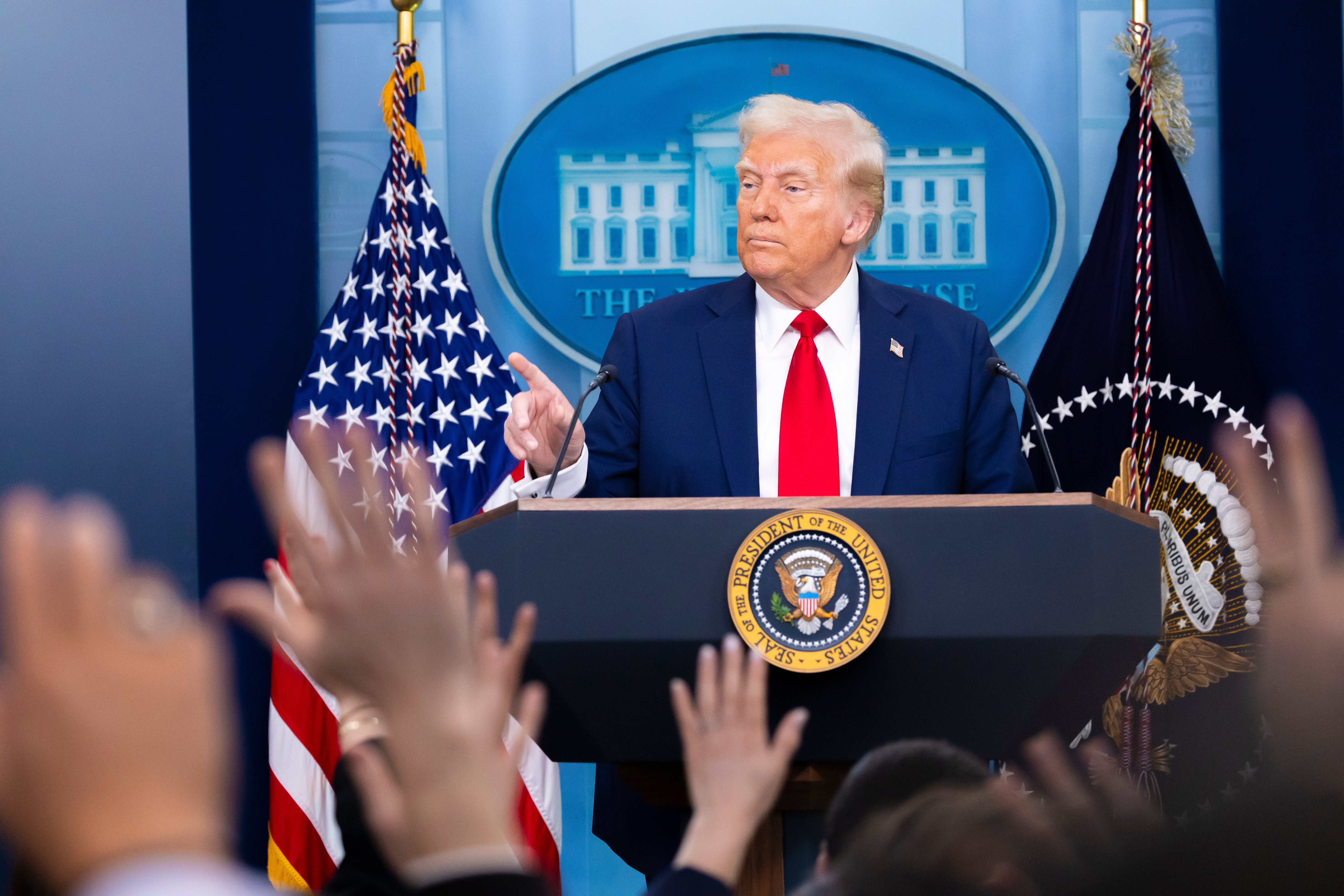Written by Sydney Beckham and Maddie Ebner
In 2022, a staggering $5.5B was spent on linear TV political ads (broadcast and cable), while $746.6M was spent on Facebook and Google. So far in 2024, $944.7M has been spent on TV ads and $89.7M on digital. Following the landmark Dobbs decision in June 2022, abortion was the number one issue in TV advertisements throughout the 2022 Midterms, a trend that continued through 2023 as well. Seven states have seen abortion-related ballot measures since Dobbs, with Michigan, Kansas, and Ohio receiving the most ad dollars, totaling $111.2M on traditional media, Facebook, and Google. Notably, 86% of this spending was allocated to TV ads, and 7% towards digital (Facebook and Google) ads. Despite the traditional dominance of TV ads, digital advertising holds significance due to its targeting capabilities.
While some messaging strategies remained consistent across linear and digital, top spending pro-abortion ban groups used starkly different language and images in their digital ads than what was aired on TV.

Michigan’s Proposal 3 (Right to Reproductive Freedom Initiative) was the most expensive abortion-related ballot measure in 2022, seeing $39.2M spent on traditional and digital ads. Pro-abortion ban group, Citizens to Support Michigan Women and Children, was the biggest spender in opposition of Proposition 3, with $18.3M. On TV, the group’s most aired ad highlighted the Proposition by repeating that it was “so confusing”, and claimed it granted unlimited abortion rights and eliminated safety standards. The ad urged viewers to vote “No” on Proposition 3. Another TV ad from the group asserted that in Michigan, abortion is legal and that state courts have upheld Roe v. Wade. Across all TV ads from Citizens to Support Michigan Women and Children, there was a consistent emphasis on the proposition being too confusing and extreme.
On Facebook, the group’s advertisements looked different. One Facebook ad featured a video of a protest, with the caption “the radical left’s real agenda is revealed. Stand up against the radical left’s 'Anything Goes' Abortion Amendment!”. Another ad featured a picture of the Supreme Court with the caption, “the left has been handed a massive defeat at the hand of the Supreme Court. Now they’re angry” and stated “you can be the defender of life Michigan needs”. Notably, the group’s Facebook ads consistently referred to Proposition 3 as the “Anything Goes Abortion Amendment”, a term absent from the TV ads. Additionally, party stances are not specified or mentioned in the TV ads but are directly mentioned in their Facebook ads.
Kansan voters also found abortion on their ballots in 2022. The group Value Them Both was the top spending pro-abortion ban group, with $4.4M in ads. Only $264K went towards digital advertising. The group’s TV ads emphasized the notion that the amendment would not ban abortion or remove exceptions, highlighted out of state abortion patients, and claimed there would be a 1000% increase in abortions in Kansas. Ad messaging on digital had similarities. One Facebook ad was captioned “Hollywood and Washington are pushing for unlimited abortion in Kansas”. While California was mentioned in one TV ad which cited “California and Kansas don’t have much in common, but we do when it comes to abortion”, the “unlimited abortion” piece was not mentioned. Another video ad on Facebook flashed text stating “YES is the pro-life vote for people of faith!”, while neither faith nor religion were not mentioned in their TV ads.
In the most recent abortion-related ballot measure, Ohioans voted on two constitutional amendments, both named Issue 1, in August and November 2023. The two amendments saw a total of $58.9M in ad expenditure on traditional, Facebook, and Google. Protect Women Ohio, a pro-abortion ban group was the only advertiser to spend millions on both ballot measures. For November’s Ohio Issue 1, the group spent $9.2M on TV ads and $1.7M on Facebook and Google ads.
Their most aired TV ad featured Ohio Gov. Mike DeWine (R) discussing the ballot measure: “voters tell us they’re confused about Issue 1.” The ad also stated, “whether you’re pro-life or pro-choice, Issue 1 is just not right for Ohio. Issue 1 just goes too far”. Other TV ads from Protect Women Ohio mentioned parental rights, late-term abortion, and special interests. Another ad contained clips of both Joe Biden and Donald Trump opposing late-term abortions, and claimed “Republicans and Democrats oppose the late-term abortions allowed under Issue 1”. The most expensive Facebook ad from the group featured this same ad but omitted the clips of Biden. It was captioned, “Stand with Trump against late-term abortions. Vote NO on Issue 1”.
Looking ahead to the rest of 2024, three states will have abortion-related measures in November including Florida, Maryland, and New York. Thirteen states have proposed abortion ballot measures awaiting certification. These states will likely see millions in ad spending regarding their ballot measures on all media types. Will messaging between TV and digital ads differ?
To read more about abortion messaging in 2022, check out our report here.










